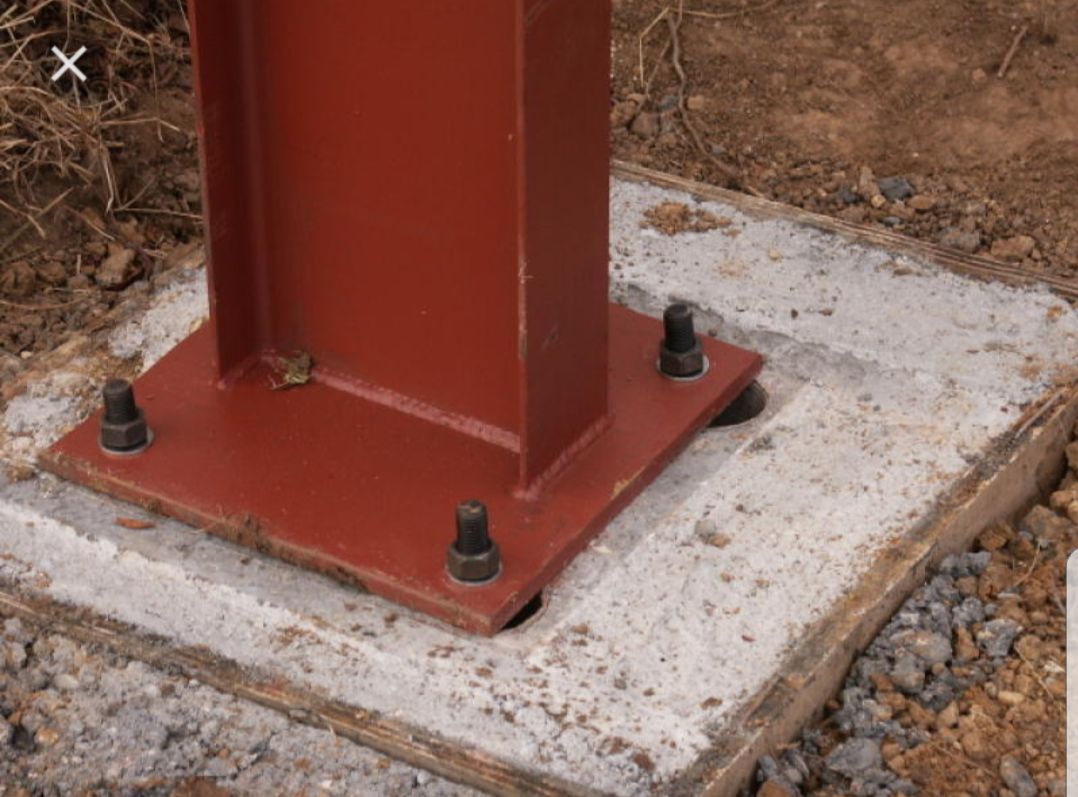Loose holding down bolts can cause serious and even catastrophic results. Should a bolt loosen and fall any distance, it may also damage equipment or hurt someone, causing serious injury.
The importance of a properly tightened holding down bolt that maintains its clamp force cannot be overstated. The safety and reliability of bolted joints often determine the overall reliability and safety of mechanical and structural systems.
Its obvious that joint loosening is a serious issue. Testing is paramount to ensure the safety of the structures and people safety in the environment. Testing for resistance, joint integrity, corrosion resistance, push/pull, are early detection mechanisms that are designed to test the bolts strength and fastening power.
It’s worthwhile to learn what happens when vibration loosens a holding down bolt.
- How to troubleshoot self-loosening bolts.
- How to prevent weakened clamp force, and what goes into a properly tightened bolt.
Tightening Torque is only an estimate
- When you tighten a nut or a bolt, when do you stop.
- When do you decide that the joint is good enough. Is there a way to measure?
- Engineering formula to determine torque
- Torque (T) = Nut Factor (K) X Bolt Diameter (D) X Resistance Force (F)
Keep in mind that T is only an estimate
- Every application should be simulated with tension-indicating equipment to help find the appropriate tightening value for that particular job.
- When the appropriate value is determined, operators should measure whether it’s being attained in real-world situation.
If the bolts holding down a structure get loose, it exerts a force on the foundation almost like a jackhammer.
Most of the loosening problems are due to improper tension being applied to the holding down bolt, although the bolts could potentially loosen even if installed properly.
Check the assembly process to establish if the fasteners were tightened correctly. Usually, this involves checking that the correct torque has been applied.
Design and the operation of the equipment
- Check the original design calculations to see if they are correct and do exist.
- Assess if the operation of the equipment is within original design restraints.
- Torque-tension tests are completed and sometimes supplemented by friction determination checks.
Government regulators require traceable data be collected and stored by companies operating in the aerospace, vehicular and medical industries. This collection of data is valuable as investigators try to figure out why a joint has failed.
The strategy for preventing self-loosening of holding down bolts depends on three variables, according to Bolt Science
- Apply the correct torque to provide sufficient clamp force prevents relative motion between the bolt head or nut and the joint.
- Employing tested and proven thread-locking devices.
- Using joint and fastener designs that accommodate the effects of embedding and stress relaxation.
Engineers and designers have devised many solutions to keep joints tight. They use a range of adhesives, double nuts, mechanically locked fasteners, lock wire and pins, the Stage 8 fastening system, and more…
CALL US TODAY 07929142325
Please Get In Touch Or Send Your Layout Drawings To “sales@boltbox.co.uk”
We Will Price And Advise On Our Current Lead Times.
FOR A QUOTE, TO ORDER OR FOR ADVICE, call 07929142325 or email sales@boltbox.co.uk
BOLTBOX offer services ACROSS THE UK. Wales, Scotland, Ireland, London, Birmingham, Edinburgh, Cardiff, Manchester, Liverpool, Hull, Lancashire, Burnley, Blackburn, Rossendale, Todmorden, Preston and all other locations in the UK. Call for details or email sales@boltbox.co.uk



